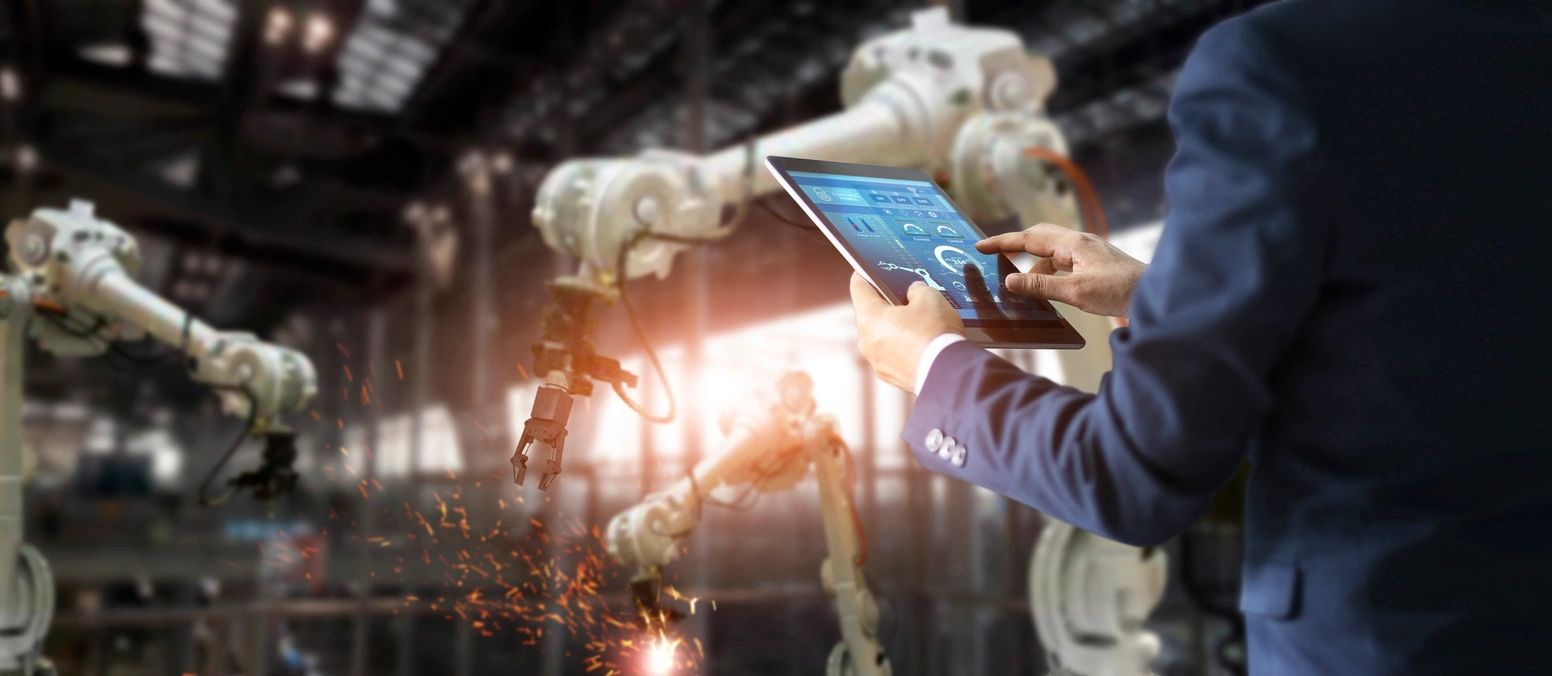
Where to Invest Next: Insights from NVIDIA’s AI Roadmap
NVIDIA, a leader in artificial intelligence (AI) hardware and software, has effectively laid out a roadmap for the future of AI investment. From Perception AI to Generative AI, Agentic AI, and Physical AI, NVIDIA’s vision highlights not just technological advancements but also investment opportunities across key sectors poised for explosive growth. Here’s a detailed analysis of each stage and the companies leading the charge.
1. Perception AI: The Foundation of the AI Revolution
Perception AI focuses on applications like speech recognition, medical imaging, and sensor data processing. It has been the bedrock of AI advancements, dating back to AlexNet’s revolutionary deep learning breakthroughs in 2012. Now, its use cases are expanding across industries like healthcare, automotive, and robotics.
Key Players:
• NVIDIA (NVDA): Continues to lead with GPUs powering AI for medical imaging and real-time sensor processing.
• Intuitive Surgical (ISRG): Pioneering robotic surgery with AI-assisted imaging for precision healthcare.
• Butterfly Network (BFLY): Innovating in portable ultrasound with AI-powered diagnostics.
• Cerence (CRNC): Driving voice recognition AI for automotive and IoT devices.
Investment Rationale:
The growing reliance on AI for diagnostics and real-time decision-making in critical sectors like healthcare and transportation makes this a foundational investment area. As more industries adopt AI-driven perception systems, these companies stand to benefit immensely.
2. Generative AI: Transforming Creativity and Marketing
Generative AI has taken center stage in 2023, revolutionizing content creation and digital marketing. From creating art and music to automating marketing campaigns, this technology is shaping the next era of creative industries.
Key Players:
• Microsoft (MSFT): With its investment in OpenAI, Microsoft is integrating GPT models into platforms like Azure and Office.
• Adobe (ADBE): Incorporating generative AI into its suite of creative tools for designers and marketers.
• Unity Software (U): Leveraging AI for game development and immersive experiences.
• NVIDIA (NVDA): Enabling generative AI with its cutting-edge hardware for training AI models.
Investment Rationale:
As businesses and creators increasingly rely on AI to scale content production, companies providing generative AI tools and infrastructure will become indispensable. Adobe and NVIDIA are especially well-positioned as creative and hardware enablers.
3. Agentic AI: Enhancing Human Productivity
Agentic AI represents the next evolution, focusing on augmenting human tasks such as coding, customer service, and patient care. It combines AI-driven automation with decision-making capabilities to deliver personalized and efficient solutions.
Key Players:
• UiPath (PATH): Specializes in robotic process automation (RPA) for automating repetitive tasks.
• ServiceNow (NOW): Leading AI-driven platforms for customer service and enterprise workflows.
• Intuit (INTU): Utilizing AI for financial advisory and tax preparation.
• Teladoc Health (TDOC): Advancing virtual healthcare with AI-powered diagnostics and care.
Investment Rationale:
As enterprises seek cost efficiency and scalability, Agentic AI solutions will be in high demand. Healthcare, financial services, and enterprise software are the key verticals to watch, with these companies leading the way.
4. Physical AI: The Next Frontier
Physical AI, encompassing robotics and self-driving cars, represents the most tangible and impactful use of artificial intelligence. This segment focuses on enabling robots and autonomous vehicles to interact with and navigate the physical world.
Key Players:
• Tesla (TSLA): At the forefront of self-driving technology and AI-powered vehicles.
• Waymo (via Alphabet – GOOGL): A leader in autonomous vehicle technology.
• Boston Dynamics (via Hyundai): Innovating in robotics for industrial and consumer applications.
• ABB (ABB): A global leader in industrial robotics and automation.
• NVIDIA (NVDA): Providing the hardware backbone for autonomous and robotic AI.
Investment Rationale:
Physical AI is the most capital-intensive but also the most transformative. Autonomous vehicles and general-purpose robotics have applications in logistics, manufacturing, and everyday consumer products. Investing in this space means betting on the long-term integration of robotics into daily life.
Broader Investment Strategies
For investors looking for diversified exposure to these AI trends, consider ETFs like:
• ROBO Global Robotics and Automation Index ETF (ROBO): Focused on robotics and AI.
• Global X Robotics & Artificial Intelligence ETF (BOTZ): Concentrated on companies driving AI and automation.
NVIDIA: The Common Denominator
It’s impossible to overlook NVIDIA as a central enabler across all these AI layers. From GPUs powering generative AI models to hardware for autonomous vehicles and robotics, NVIDIA is the backbone of AI innovation.
Final Thoughts
NVIDIA’s roadmap provides not just a technological forecast but also a strategic guide for investors. Perception AI, Generative AI, Agentic AI, and Physical AI represent distinct opportunities, each with its own market leaders and growth trajectories. Whether you’re investing in foundational technologies or cutting-edge robotics, these trends outline a clear pathway to the future.
By aligning your portfolio with these trends, you can capitalize on the ongoing AI revolution. But as always, do thorough research and consider your risk tolerance before investing.
